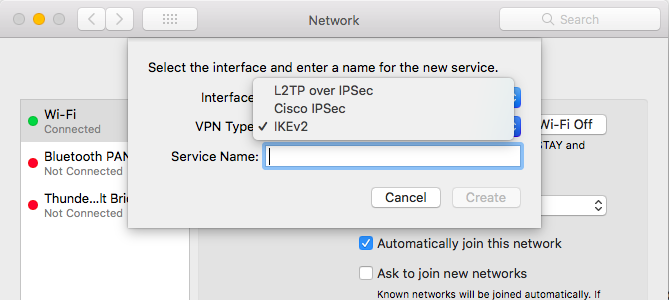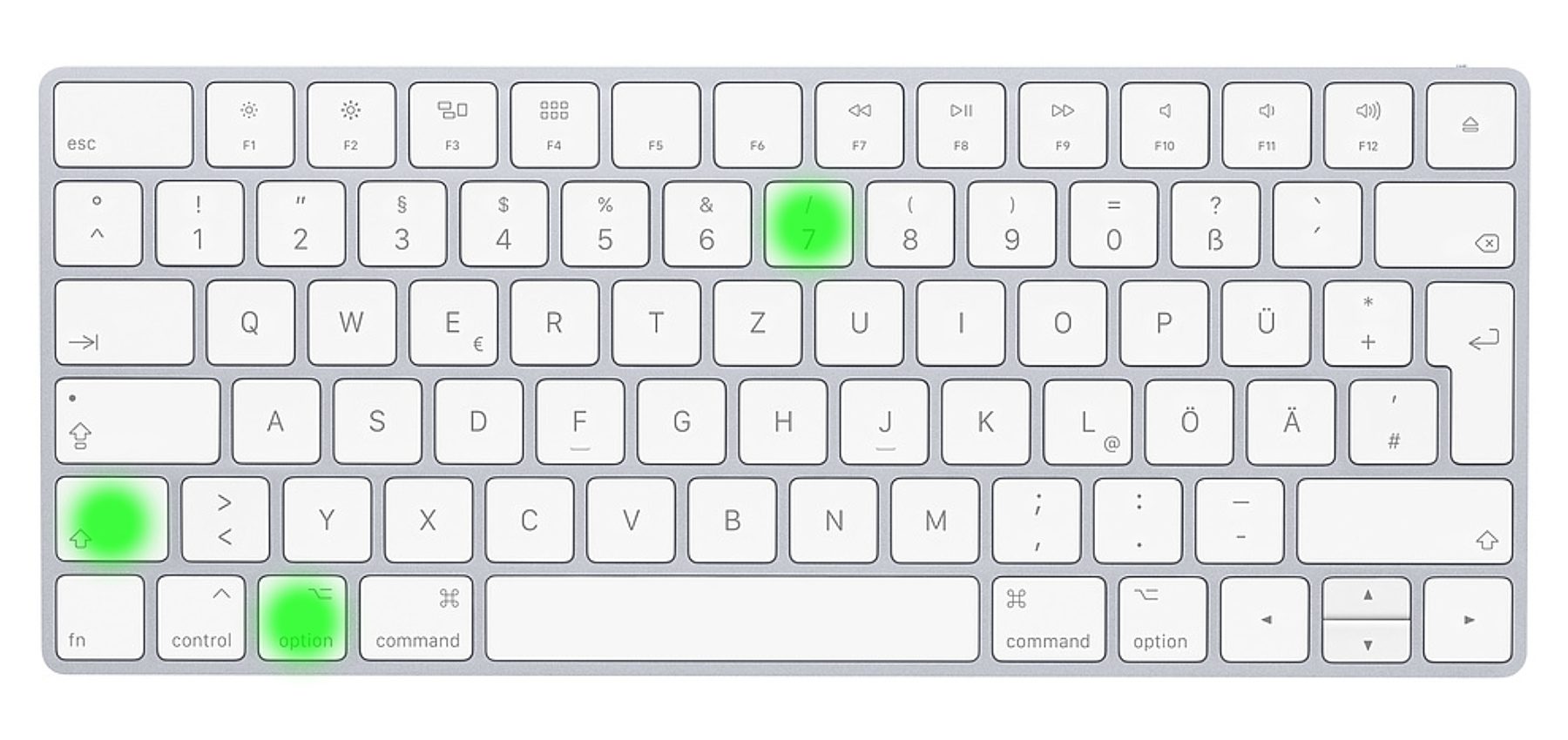

- #Mac network drive backslash mac os x
- #Mac network drive backslash mac os
- #Mac network drive backslash update
For details, check the documentation for your NAS device.Ĭan pc read mac os extended drive. Many third-party NAS devices support Time Machine over SMB. Network-attached storage (NAS) device that supports Time Machine over SMB When setting up Time Machine on your other Mac computers, you should now be able to select the shared folder as a backup disk. From the Advanced Options dialog, select ”Share as a Time Machine backup destination.”.From the shortcut menu that opens, choose Advanced Options.From the list of Shared Folders on the right, Control-click the folder that you want to use for Time Machine backups.From the list of services on the left, select File Sharing.Choose Apple menu > System Preferences, then click Sharing.To use another Mac on your network as a Time Machine backup destination, complete these steps on the other Mac: Mac shared as a Time Machine backup destination Time Machine can back up to the built-in hard disk of an AirPort Time Capsule on your network.
#Mac network drive backslash update

Time Machine can back up to an external USB drive connected to an AirPort Extreme Base Station (802.11ac model) or AirPort Time Capsule. External drive connected to an AirPort Extreme Base Station (802.11ac) or AirPort Time Capsule

Time Machine can back up to an external drive connected to a USB, Thunderbolt, or FireWire port on your Mac. And after making your backup, you can use Time Machine to restore files from your backup.
#Mac network drive backslash mac os x
With the release of the Mac OS X 10.2.2 update on November 11, 2002, Apple added optional journaling features to HFS Plus for improved data reliability. Mac OS Extended (Journaled) or HFS Plus is a file system developed by Apple Inc. The list is longer than you’d think, with terms like “APFS (Case-sensitive)” and “Mac OS Extended (Journaled, Encrypted)” to choose from. So you’re using Disk Utility to partition your new hard drive when you’re presented with a choice of potential file systems. Earlier versions of macOS don't work with APFS-formatted volumes. Will you be using the disk with another Mac? If the other Mac isn't using macOS High Sierra or later, choose Mac OS Extended (Journaled). To use Time Machine to make a backup of your Mac, you need any of these types of storage devices:Ĭhoose Mac OS Extended (Journaled) for any disk that you plan to use as a Time Machine backup disk or as a bootable installer. First open Mac OS Finder app, that press Command and K buttons to launch Connect to Server window. Using this method your network drive will be connected and mounted for one time use, which means that it will disappear if you disconnect from network or simply reboot your Mac.


 0 kommentar(er)
0 kommentar(er)
